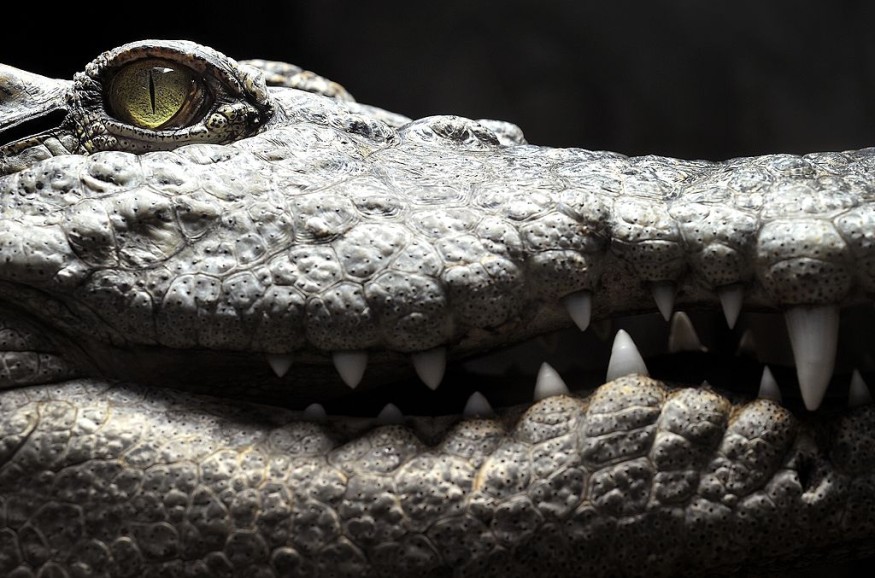According to reports on recent discoveries in a Cambodian wildlife sanctuary, eight eggs of one of the world's rarest crocodile species were discovered in a nature sanctuary in eastern Cambodia, increasing hope for the species' long-term survival.
The officials discovered the critically endangered crocodiles in Phnom Penh, Cambodia. The newborn Siamese crocodiles were discovered earlier this month in a river in Cambodia's Srepok Wildlife Sanctuary, according to the Cambodian Environment Ministry and the World Wildlife Fund.
World's Rarest Crocodile Species: Siamese Crocodiles

The Siamese crocodile (which includes alligators, caimans, and gharials) is a small freshwater crocodile with a broad, smooth snout and a large bony crest behind each of its eyes. It's only found in Southeast Asia. It is one of the most endangered crocodiles in the wild, despite the fact that many of them live in captivity.
The only wild individuals appear to be in the Mekong River basin and marshes of Cambodia, and these populations have been diminished and scattered as a result of hunting, habitat change, and human disturbance.
When it comes to their behaviors and lives, the adults are territorial, slamming their heads noisily down upon the water and cracking their teeth on the water's surface to mark their territory. Dominant animals swim higher in the water, whereas other members of the same species swim lower in the water to show submission.
Dominant individuals have a monopoly on food, mates, and the finest nesting, basking, and dwelling places. Crocodiles use noises, movement, postures, touch, and scents produced by their four scent glands to communicate.
When they are in danger, young will scream out to adults, and they are also quite noisy when being fed. Adults typically emit a deep, low, repetitive roar, which other adults may imitate. A crocodile will wait at the edge of the water, just the tip of its snout and eyes above the water, when hunting animals. The crocodile attacks when an animal approaches to drink, pulling its victim down into the water, where it drowns and is devoured.
Saving the Siamese Crocodiles
The species was previously common throughout Southeast Asia, but the International Union for Conservation of Nature has categorized it as severely endangered as of the present. Poaching, habitat loss, and cross-breeding with other crocodile species all contributed to the species' near-extinction by the 1990s.
These recent findings on the Cambodian lands that exhibit eight new hatchlings are great news for everyone. Environment Minister Say Samal showed his great enthusiasm on the news and said "this is such rewarding news,"
The government and the WWF are developing strategies and doing research on the abundance of Siamese crocodiles. For more than a decade, several teams have been hunting for photographic proof of a breeding population in the Srepok reserve without success, according to the conservation group. Helping these crocodiles breed and reproduce, whether in wildlife habitats or in the wild, is one of their main objectives.
Only approximately 400 Siamese crocodiles are thought to exist in the wild, with the majority of them in Cambodia. While searching for reptile footprints, signs, and dung in Sre Ambel District in the southern province of Koh Kong in 2017, wildlife experts discovered six eggs.
© 2025 NatureWorldNews.com All rights reserved. Do not reproduce without permission.





